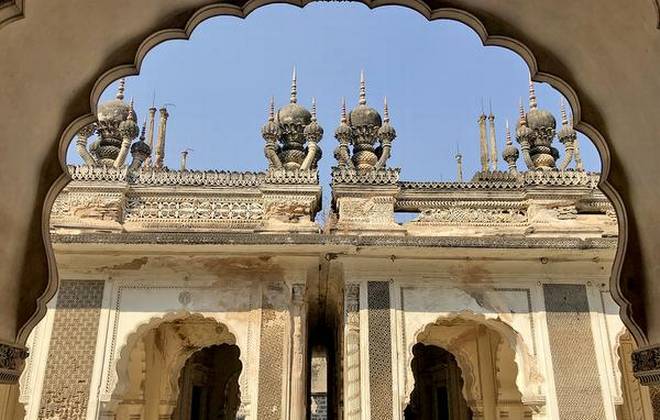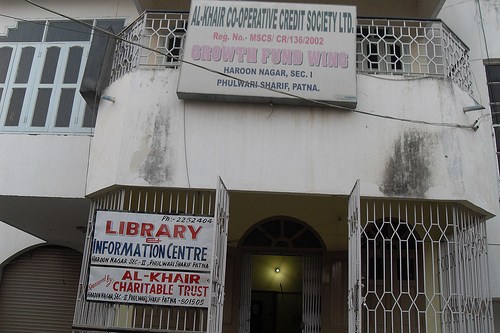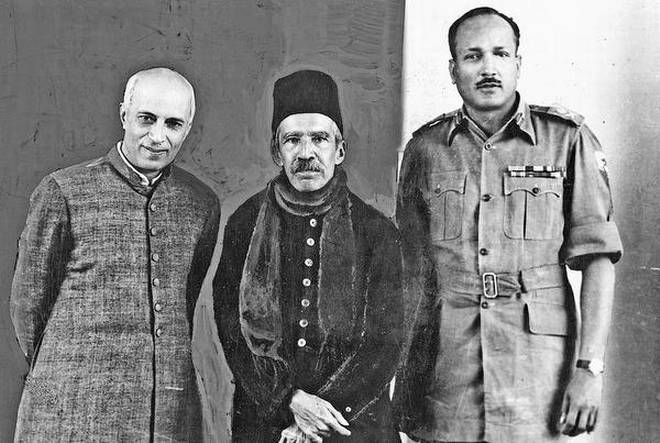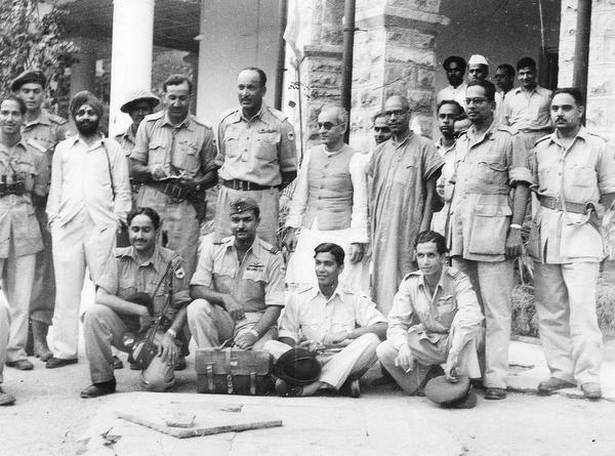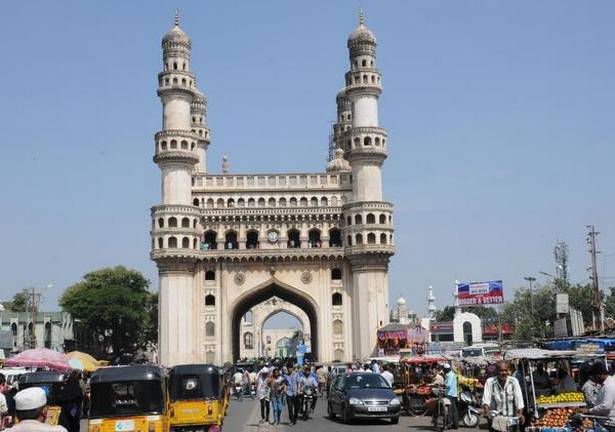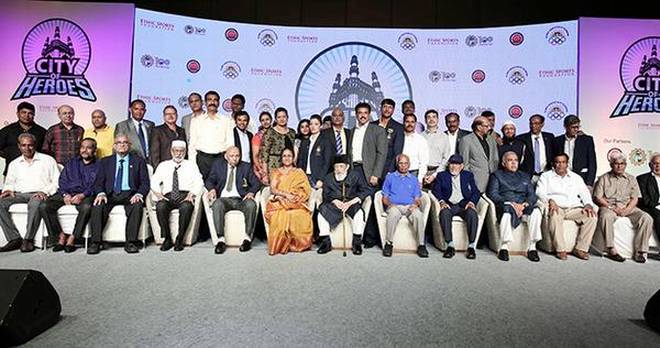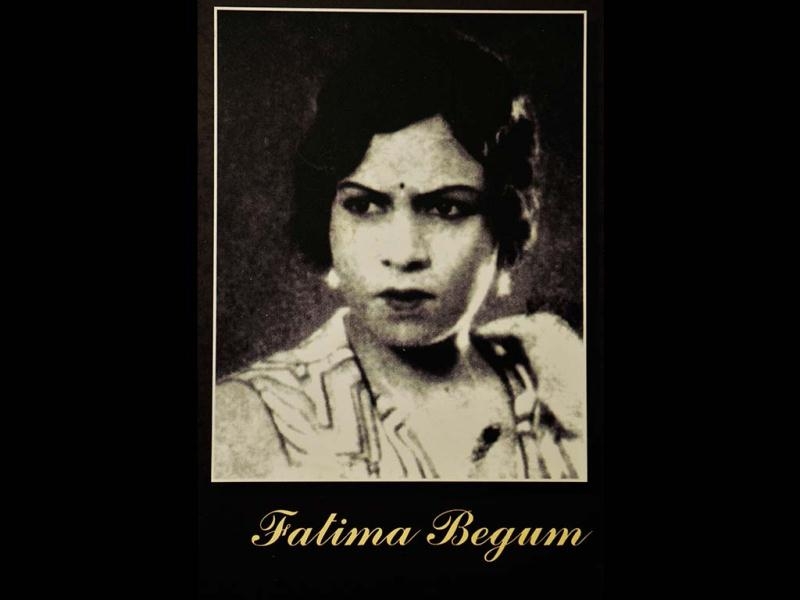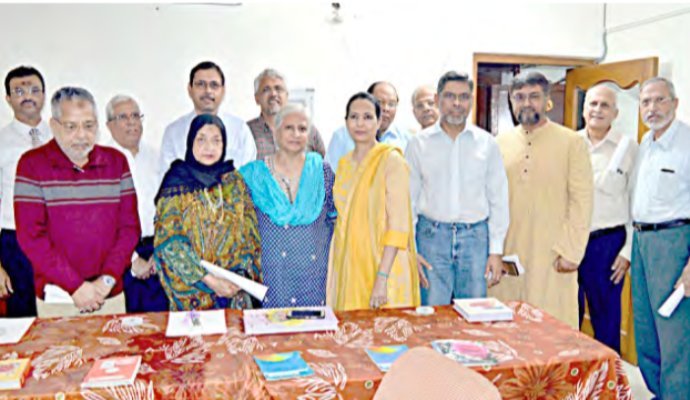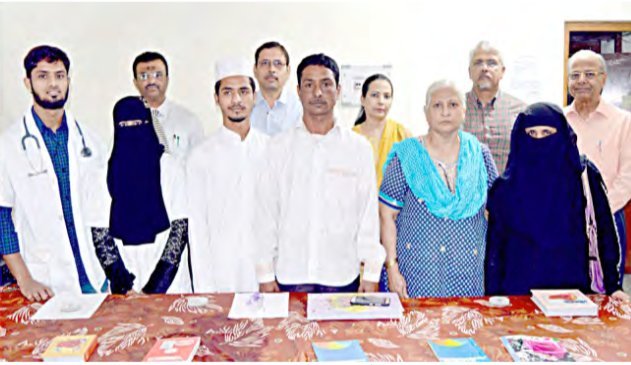Hyderabad, TELANGANA :
A visit to what some call the Taj Mahal of the south
What comes to your mind when you think of Hyderabad? Sumptuous haleem and biryani, perhaps? Or the beautiful icon of the city, Charminar? Or maybe the unique khada dupatta and its accompanying necklaces, if you love clothes and handicrafts. All of these are understandable connections. Few would relate Hyderabad to an exquisite necropolis that is hidden away in the heart of the city, which I discovered recently thanks to a friend.
Dilapidated graves
At the entrance of the Pisal Banda suburb in Santosh Nagar, I stopped at a small café and asked for directions to this necropolis. No one seemed to have a clue. As I was following the GPS, I decided to trust it and ventured deeper into the crowded alley. Soon I saw a modern grave enclosure with the words ‘Paigah Tombs’ written on it there. I felt a little cheated, but then to my delight, just behind the grave enclosure was a white gateway which I entered.
On my right lay many dilapidated graves inside a rectangular enclosure. Some were as new as 2009, while some others were at least a century old and reminded me of verses on the dismaying finality of death and the futility of gathering wealth.
With my loud sighing at this state of disrepair, I managed to attract the attention of a caretaker of the Archaeological Survey of India (ASI), Rahmat, who then gave me a conducted tour.
In the courtyard were intricate work on the walls and small cupolas with Grecian horns on the roof, which were not only breathtaking but also striking in their originality. I had never seen work like this before. There were limestone trellises, ornamented pillars and roundels on the façade of the tombs. “You won’t find such work anywhere in the south or north,” Rahmat said proudly.
And how can it be that we speak of a tomb and someone hasn’t already compared it to the Taj Mahal? This is called the Taj of the south, Rahmat said, which I frankly think is gross injustice. There is no similarity in the architectural styles of the two tombs and this one is beautiful in its own right.
Origin of the name
The Maqbara Shams-ul-Umara, now better known as the Paigah Tombs, belongs to a family which was ranked only second to the Nizam of Hyderabad and to whom it was allied through matrimony. The family members were fierce loyalists of the Nizam and maintained an army to fight for the Nizam.
The word Paigah, which means pomp and rank in Persian, was a title given by the second Asaf Jahi Nizam of Hyderabad to the estate of Nawab Abul Fateh Taig Jung Bahadur in appreciation of the royal services rendered by him. The nawab was also conferred with the title of Shams-ul-Umra, which gives the tombs their name.
The first tomb, built in the 18th century and of Makrana marble, is that of Shams-ul-Umra, or the Sun of the Nobles, himself. It is delicate, with limestone and stuccowork on its enclosures. Twenty-seven members of the Paigah family, including the famous Nawab Sir Vicar-ul-Umra, are buried here.
The tombs all lie in a row under a foliated arched gallery with ornamented pillars and spectacular limestone jaalis on the façade of the buildings.
There are a number of open double storey enclosures that mostly hold several tombs inside. Each enclosure has limestone jaalis on the walls and exquisite carved teak doors as entrances. Each jaali is unique — some have motifs of fruits and flowers; others have drums, serpents, and vases.
The crypts are made of marble with intricately designed qalams (pen made of dried reed) or takhtis (slate) and headstones. A qalam or small raised mound on the cenotaph denotes that the grave belongs to a man, and a flat design of a slate denotes that a woman is buried here.
The architectural style inside the tombs and galleries is a mix of Rajasthani, Deccani and Persian, while the design on the roof is Moorish. The 30-acre compound also includes a mosque. Prayers are still held here. The sounds of the azaan and namaz waft over the graves. The Paigah family has handed over this architectural marvel to the ASI as part of our national heritage for safekeeping.
source: http://www.thehindu.com / The Hindu / Home> Opinion> Columns> Where Stones Speak / by Rana Safvi / January 21st, 2018
